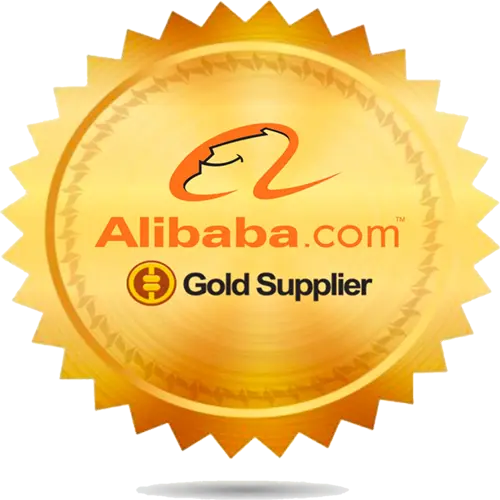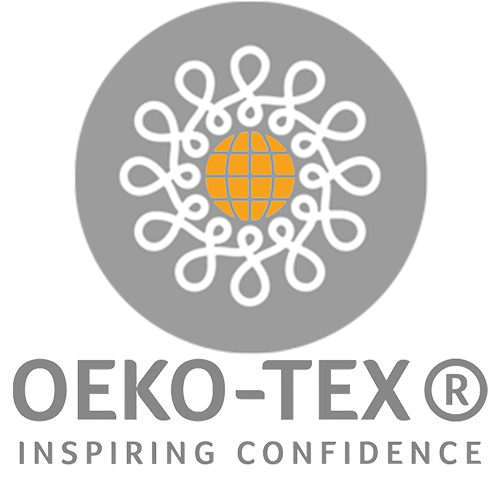Dresses Manufacturer

Premium Women Dress Manufacturer

As a leading clothing factory and dress manufacturer, JF Apparel specializes in creating dresses that blend elegance with durability. We deliver tailored solutions for brands worldwide, offering contemporary designs, classic styles, and custom creations. Our skilled team ensures every dress meets the highest standards of craftsmanship and quality.
Our commitment to excellence is supported by certifications such as ISO 9001 and SEDEX for clothing production, ensuring ethical manufacturing practices. Additionally, our fabric certifications, including OEKO-TEX®, China GB standards, AATCC, and ASTM, reflect our dedication to using safe, high-quality materials.
Dresses have long been a symbol of femininity and grace, evolving through centuries from simple, functional garments to expressions of style and identity. With a deep respect for the history of dresses, JF Apparel combines traditional craftsmanship with modern innovation. We create dresses that honor timeless elegance while catering to contemporary fashion needs, making us a trusted partner in bringing your unique designs to life.
Request a quote for more details
Expert Dress Manufacturer - The Essence of Dress Design

Dresses are crafted with a focus on elegance, comfort, and versatility, enhancing the wearer’s experience across various occasions.
Core Elements:
- High-Quality Fabrics: Luxurious materials like silk and chiffon create a smooth, flowing effect.
- Precise Tailoring: Highlights curves and ensures a comfortable fit for all body types.
- Fashionable Design: Unique necklines, intricate embroidery, and exquisite prints enhance visual appeal.
These features make our dresses perfect for formal events, social gatherings, and everyday wear, providing confidence and elegance in any setting.
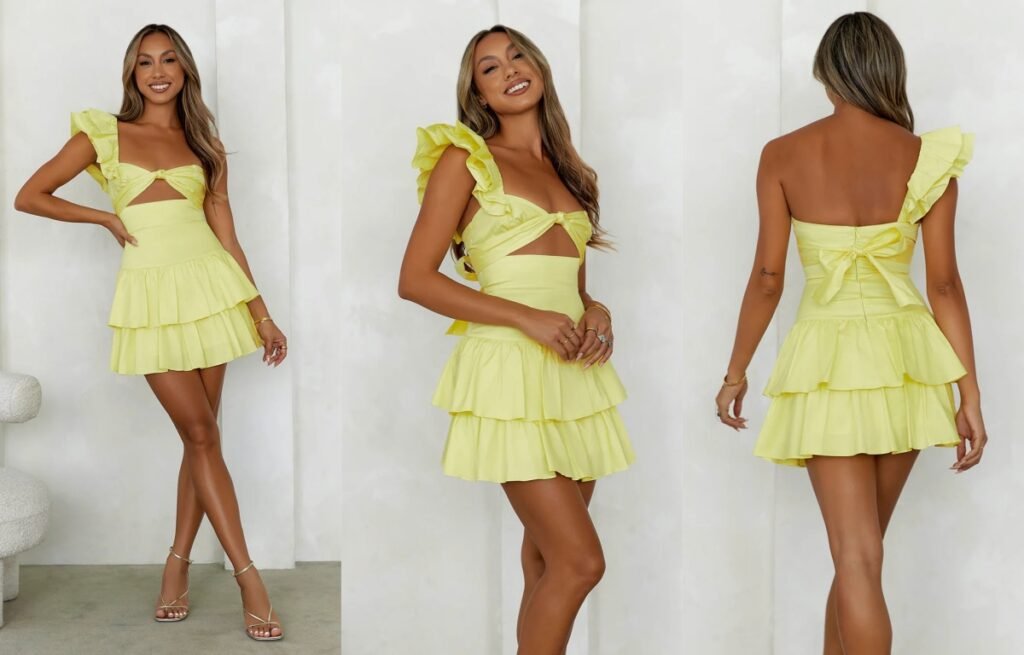

The unique construction of dresses offers several key benefits.
The use of high-quality fabrics like silk and chiffon provides exceptional elegance and comfort, making them perfect for a wide range of occasions, from formal events to casual outings.
The precise tailoring ensures that the dress highlights the wearer’s curves while providing a comfortable and flattering fit for all body types.
Additionally, the breathable and lightweight properties of the fabric help keep the wearer cool and comfortable, even during long periods of wear.
Seamless construction or flatlock seams minimize irritation and chafing, enhancing comfort throughout the day.
Overall, these components contribute to the functionality, versatility, and popularity of dresses as a staple in both formal and casual wardrobes.
The Components of Dresses

Understanding the components of a dress is essential for creating designs that are both functional and aesthetically pleasing.
Bodice: The bodice is the upper portion of the dress that covers the torso from the shoulders to the waist. It plays a critical role in shaping the upper body and can be designed in various styles, such as fitted, corset, or loose. The bodice often incorporates features like darts, seams, or boning to achieve the desired fit and structure.
Neckline: The neckline is the edge of the dress around the neck and shoulders, which can dramatically influence the dress’s style and formality. Common neckline styles include V-neck, scoop neck, boat neck, and sweetheart, each offering a different aesthetic and level of coverage. The choice of neckline also affects how the dress frames the wearer’s face and neck.
Sleeves: Sleeves are the parts of the dress that cover the arms, and they come in various lengths and styles, including short, long, three-quarter, and sleeveless. Sleeves can be simple or elaborate, with details like puffed shoulders, lace inserts, or flared cuffs adding to the dress’s overall design.
Waistline: The waistline is where the bodice meets the skirt, typically defining the narrowest part of the dress. It can be positioned at different levels, such as the natural waist, empire waist (just below the bust), or drop waist (lower on the hips). The placement of the waistline influences the silhouette and overall proportion of the dress.
Skirt: The skirt is the part of the dress that extends from the waistline downward, forming the lower portion of the garment. Skirts can vary greatly in shape and volume, from the slim and straight pencil skirt to the voluminous ball gown. The skirt’s design plays a major role in determining the dress’s style, movement, and suitability for different occasions.
Hemline: The hemline is the bottom edge of the skirt, and its length can vary from mini (above the knee) to maxi (floor-length). The hemline influences the dress’s formality and the level of coverage it provides. Asymmetrical hemlines, which are shorter in some areas than others, can add a modern, dynamic touch to a dress.
Back: The back of the dress can feature various designs, such as an open back, keyhole cutout, or button-down closure. The design of the back adds visual interest and can range from simple and conservative to bold and dramatic, depending on the style of the dress.
Lining: The lining is an additional layer of fabric inside the dress that provides structure, comfort, and a polished finish. A fully lined dress offers a smoother fit and helps the garment maintain its shape, while a partially lined dress may only have lining in specific areas, such as the bodice or skirt.
Closure: The closure is the mechanism used to fasten the dress, ensuring it stays securely on the body. Common closures include zippers, buttons, and hooks and eyes, each offering different levels of security and ease of use. The type of closure also contributes to the dress’s overall design and functionality.
Understanding these components allows designers to create dresses that are well-constructed, stylish, and tailored to the wearer’s needs, ultimately leading to more successful and marketable designs.

Advantages and Benefits
Why Choose a Professional Dress Manufacturer?

Selecting a professional dress manufacturer offers numerous advantages that ensure high-quality production and efficient processes. Here are the key benefits:
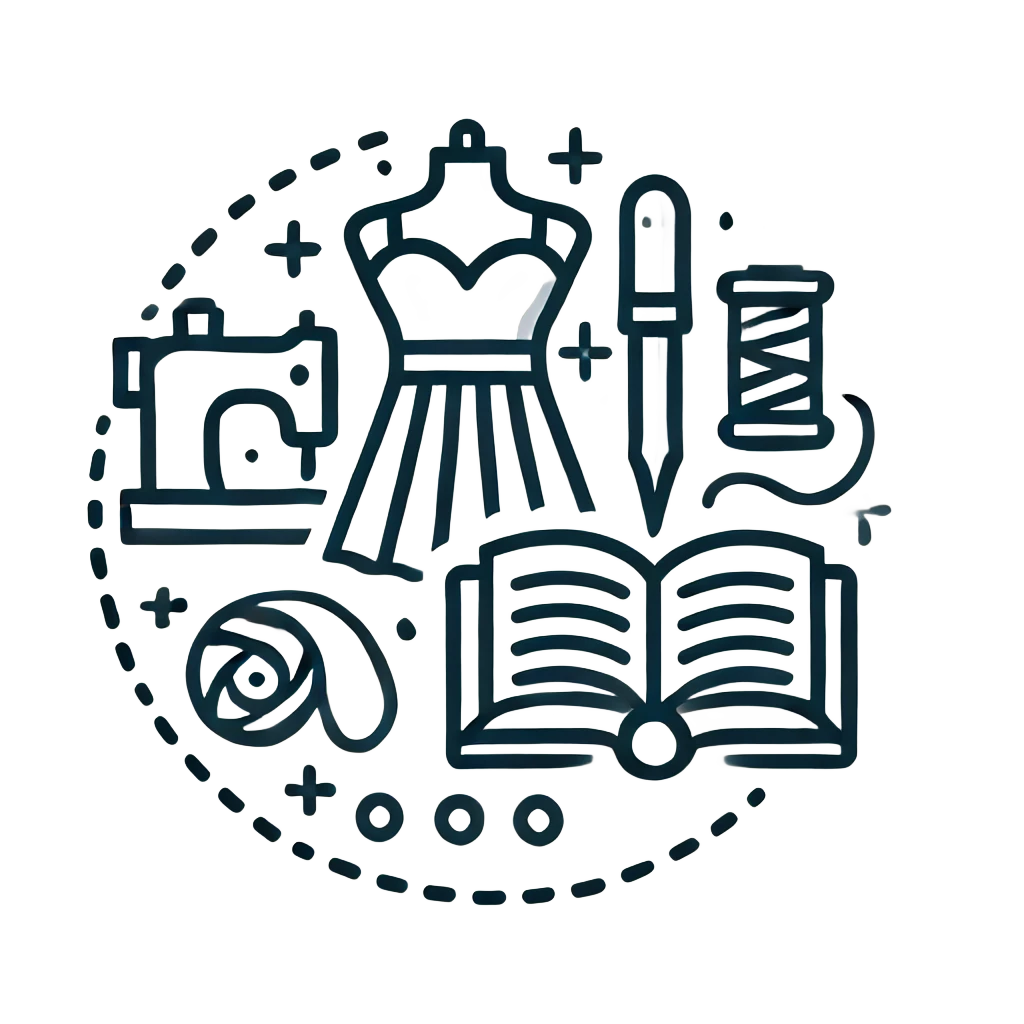
Expertise and Experience
Professional dress manufacturers possess extensive industry knowledge and technical expertise, ensuring superior craftsmanship and high-quality dresses. They understand every detail from fabric selection to final stitching.
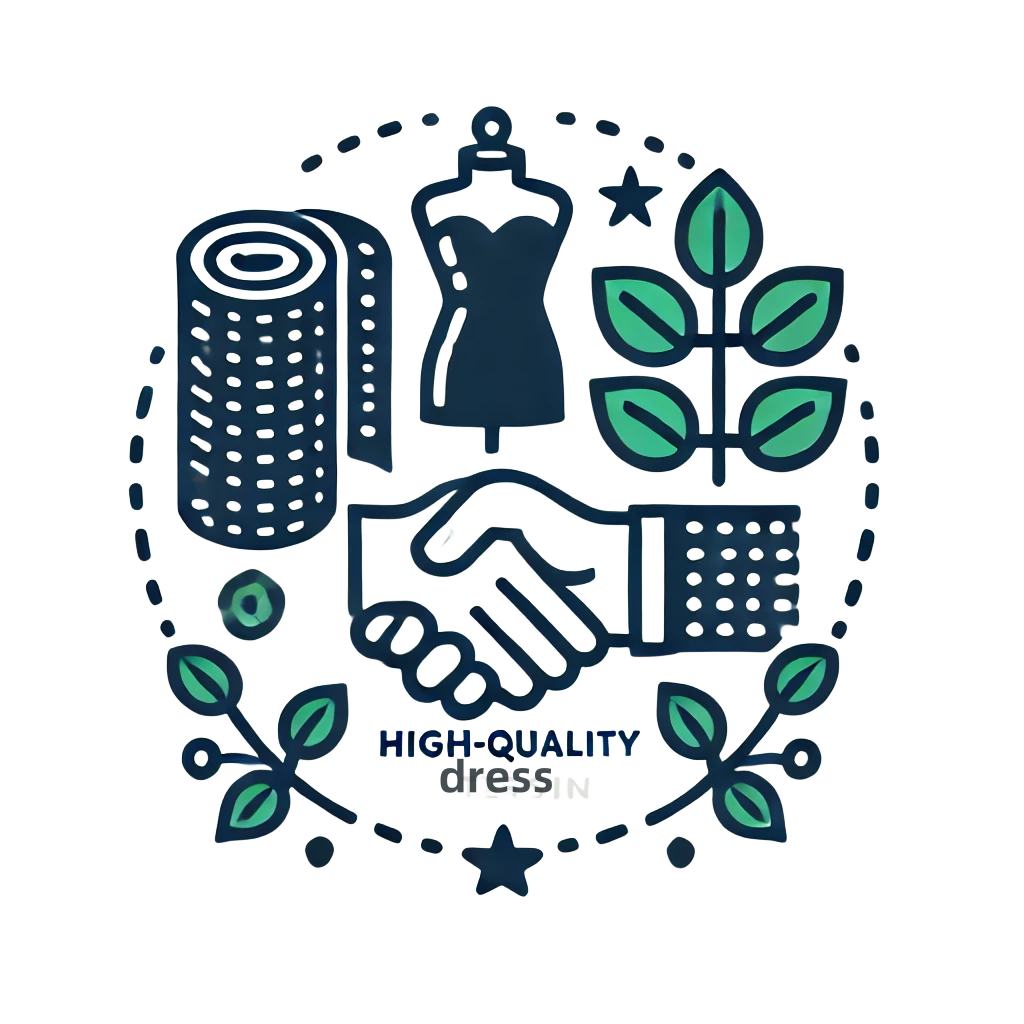
Access to High-Quality Materials
Established manufacturers have strong relationships with reputable fabric suppliers, ensuring access to premium materials. This guarantees that your dresses are made from the finest fabrics, enhancing the overall quality of your products.

Efficient Production Processes
Advanced machinery and optimized production lines allow professional manufacturers to handle large-scale production efficiently. This ensures timely delivery of orders, helping you meet market demand and customer expectations.
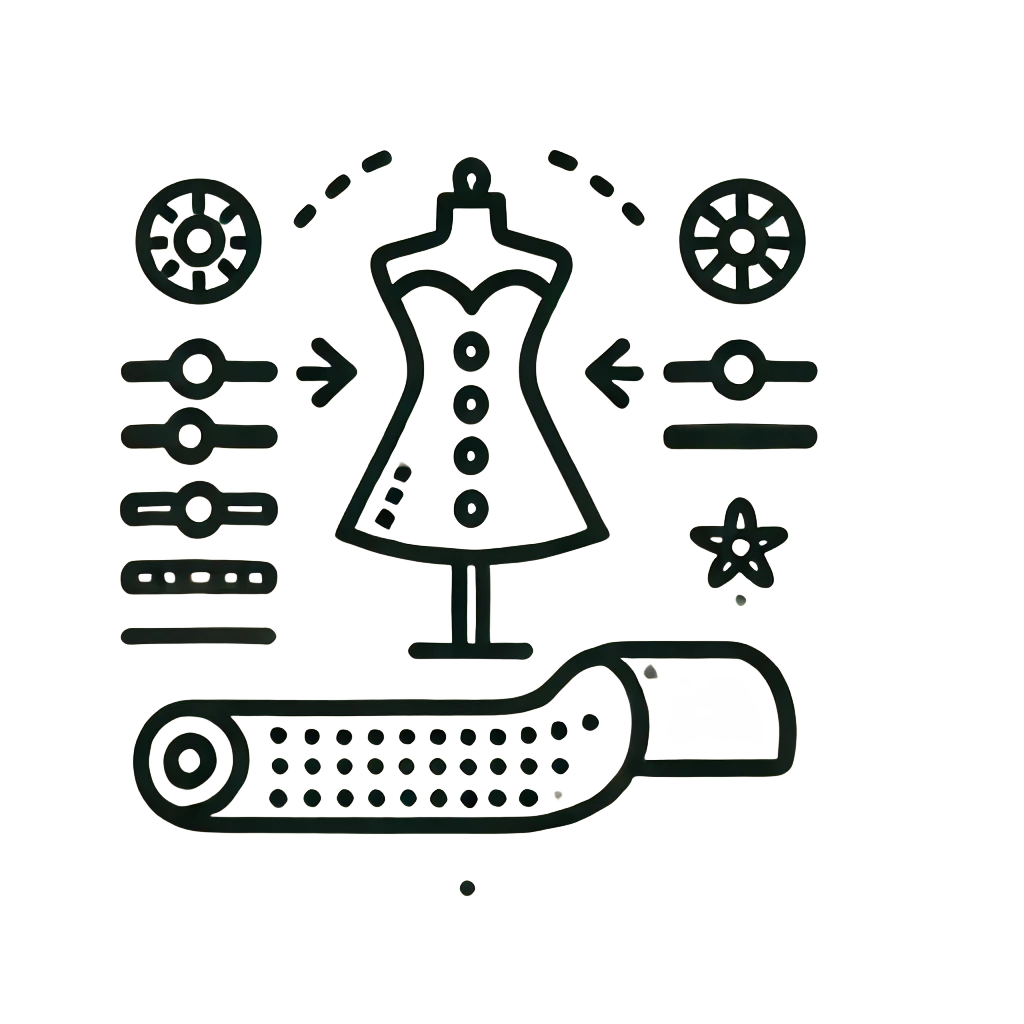
Customization and Flexibility
Professional manufacturers offer customization options to meet your specific needs. Whether it’s unique designs, special fabrics, or specific sizes, they can accommodate your requirements and deliver bespoke products.
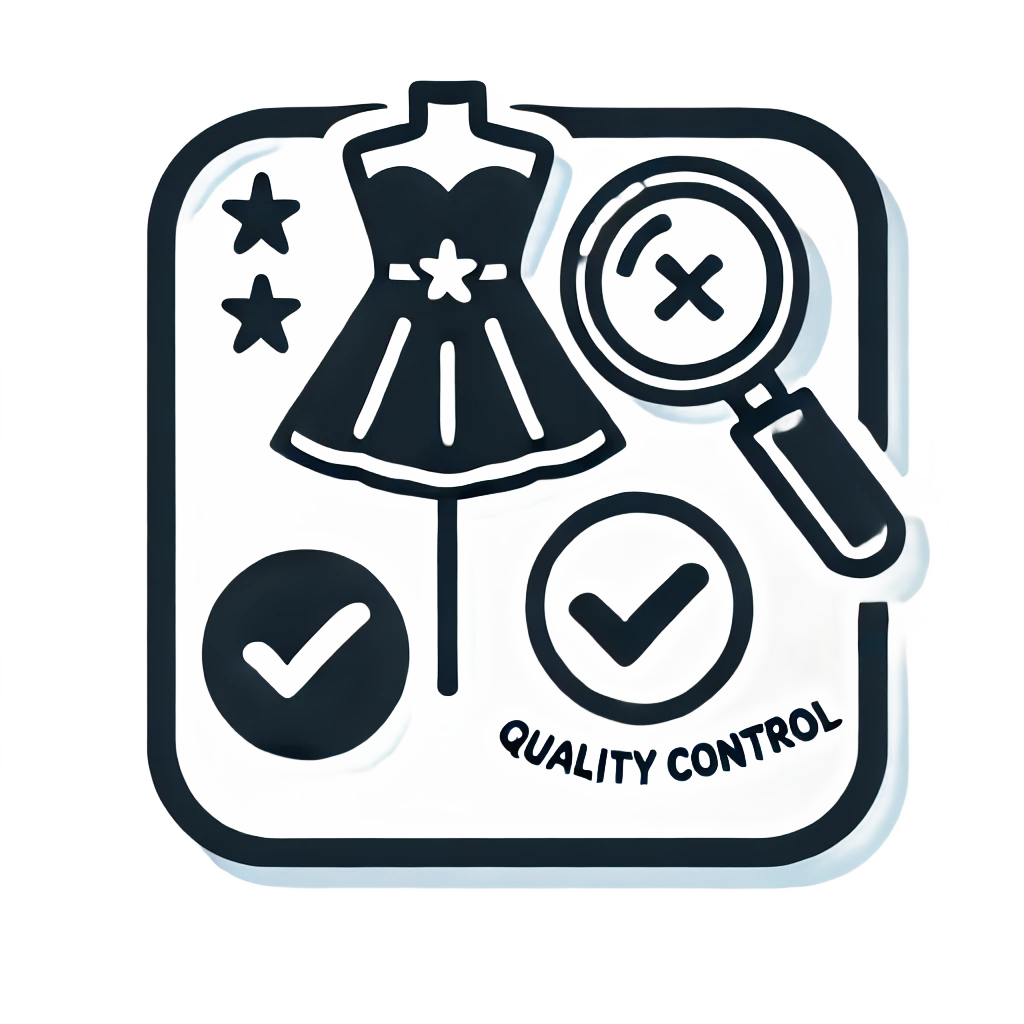
Quality Control
Rigorous quality control measures are implemented at every stage of the manufacturing process. This ensures that each dress meets the highest standards, reducing defects and guaranteeing customer satisfaction.

Cost Efficiency
Partnering with a professional manufacturer can lead to long-term cost savings. Bulk production reduces per-unit costs, and the efficient production processes of professional manufacturers can significantly save time and resources.
How to Choose the Right Dress Manufacturer

When selecting the right dress manufacturer, it’s essential to consider several key factors to ensure you partner with a reliable and competent provider. Here are the primary criteria to evaluate:
Selection Criteria
- Quality:Look for high-quality products with precise stitching, durable materials, and excellent craftsmanship.
- Pricing: Compare costs among manufacturers. Find one that balances competitive pricing with high standards.
- Lead Times: Ensure timely delivery to avoid supply chain disruptions. Choose a manufacturer that meets deadlines consistently.
- Customization Capabilities: Verify the ability to meet specific design requirements, including fabric choices, sizes, and unique features.
- Sustainability: Opt for manufacturers committed to eco-friendly materials and ethical production processes.
- Communication: Select a responsive and transparent manufacturer for clear and consistent communication throughout the production process.











Common Fabrics Used in Custom Dresses

When designing custom dresses, selecting the right fabric is crucial for achieving the desired look, feel, and functionality. Here are some of the most commonly used fabrics in dress manufacturing and their unique characteristics.
- Features: Soft, breathable, and lightweight.
- Benefits: Offers exceptional comfort, making it perfect for warm weather and casual wear.
- Common Uses: Frequently used in summer dresses, casual attire, and garments where comfort and breathability are essential.
- Features: Luxurious, smooth, and shiny.
- Benefits: Enhances the elegance and sophistication of garments, making them perfect for formal occasions.
- Common Uses: Commonly used in evening gowns, formal dresses, and upscale garments where a refined appearance is desired.
- Features: Durable, resistant to wrinkles and shrinking.
- Benefits: Offers long-lasting wear and easy maintenance, making it practical for everyday use.
- Common Uses: Suitable for all-purpose dresses and workwear, where durability and low maintenance are essential.
- Features: Sheer, lightweight, and flowy.
- Benefits: Creates an elegant, airy look, making garments feel light and comfortable, perfect for layering.
- Common Uses: Ideal for formal events, bridesmaid dresses, and breezy summer dresses where a delicate and graceful appearance is desired.
- Features: Soft, plush, and luxurious.
- Benefits: Provides warmth and a rich, opulent appearance, making garments ideal for cooler weather and formal occasions.
- Common Uses: Perfect for winter dresses and evening wear, where both warmth and a luxurious look are desired.
- Features: Lightweight, breathable, and cool.
- Benefits: Keeps you comfortable in hot weather, making it ideal for staying cool and fresh.
- Common Uses: Great for summer dresses and casual outings, where breathability and comfort in warm conditions are essential.
- Features: Delicate, intricate, and elegant.
- Benefits: Adds a touch of romance and sophistication, enhancing the beauty of formal garments.
- Common Uses: Ideal for formal events and wedding dresses, where elegance and intricate detailing are desired.
- Features: Warm, durable, and insulating.
- Benefits: Provides excellent insulation and durability, ensuring comfort and style in cold weather.
- Common Uses: Perfect for winter dresses and workwear, offering both warmth and a stylish appearance during colder months.

As one of the most versatile types of clothing, dresses offer a wide variety of styles to suit different needs and preferences, helping you better understand this adaptable wardrobe essential. Whether for a formal event, casual outing, or seasonal wear, there’s a dress for every occasion.
In the following sections, we will explore the different types of dresses based on Occasion, Design and Function, and Season and Length, providing insights into the many ways dresses can be styled and worn.
We hope these categories will inspire designers to broaden their creative horizons and develop even better products.

Types of Dress For Women By Occasion

Choosing the right dress for the right occasion is essential in women’s fashion. Each event calls for a specific type of dress that not only suits the setting but also enhances the wearer’s confidence and style.
Cocktail Dress
A cocktail dress is a semi-formal dress that is perfect for evening events or upscale gatherings. It typically features a knee-length or shorter hemline and comes in a variety of styles, from bodycon to A-line. Often made from luxurious fabrics like silk, satin, or velvet, cocktail dresses are designed to be elegant yet playful.
Evening Gown
An evening gown is a long, formal dress worn to black-tie events, galas, or weddings. These dresses are typically floor-length and made from rich materials like chiffon, satin, or tulle. Evening gowns often feature intricate details such as beading, lace, or embroidery, adding to their sophisticated appeal.
Casual Day Dress
Casual day dresses are designed for everyday wear and comfort. They are usually made from breathable fabrics like cotton or linen and come in relaxed, easy-to-wear styles like shirt dresses, wrap dresses, or sundresses. These dresses are perfect for running errands, meeting friends, or casual outings.
Maxi Dress
A maxi dress is a versatile, floor-length dress that can be worn for various occasions, from casual daytime events to beach outings or even summer parties. These dresses are usually flowy and made from light fabrics like cotton, chiffon, or jersey, providing both comfort and elegance.
Business Dress
Business dresses are tailored for professional settings, such as office environments or business meetings. These dresses often feature structured silhouettes like sheath or pencil dresses and are typically made from fabrics like wool, polyester blends, or cotton. They are designed to convey professionalism and confidence.
Party Dress
A party dress is designed for festive occasions such as birthdays, holiday parties, or nights out. These dresses often come in playful and trendy styles, with features like sequins, bold prints, or ruffles. Party dresses can vary in length and fit, ranging from mini to midi styles, allowing for a fun and stylish look suitable for celebrations.
Types of Dress For Women By Season and Length

When selecting the perfect dress, considering both the season and length is essential for comfort and style. Dresses can be tailored to suit the changing weather, from the warmth of summer to the chill of winter, as well as the desired level of formality or casualness dictated by the length.
Dresses by Season
Spring Dresses
Spring dresses are light and often feature floral prints, pastels, or soft colors. They are typically made from breathable fabrics like cotton, linen, or light knits to accommodate the mild weather. Styles often include A-line, wrap, and fit-and-flare designs that complement the freshness of spring.
Summer Dresses
Summer dresses are designed to keep you cool in the heat, often made from lightweight materials such as cotton, linen, or chiffon. These dresses usually feature sleeveless or short-sleeve designs, with popular styles including sundresses, maxi dresses, and slip dresses. Bright colors, bold prints, and airy silhouettes are common.
Autumn Dresses
Autumn dresses transition into warmer materials like wool blends, knits, or heavier cotton. These dresses often come in deeper colors like burgundy, mustard, or forest green. Common styles include sweater dresses, long-sleeve midi dresses, and shirt dresses, which are perfect for layering with jackets or cardigans.
Winter Dresses
Winter dresses are crafted from warm fabrics like wool, velvet, or heavy knits to provide insulation against the cold. These dresses often feature long sleeves and higher necklines for added warmth. Popular styles include turtleneck dresses, long-sleeve maxi dresses, and sweater dresses, often in darker, richer colors like black, navy, or deep red.
Dresses by Length
Mini Dresses
Mini dresses are short, typically ending above the knee. They are ideal for casual summer outings, parties, or events where a playful, youthful look is desired. Mini dresses are often made from light materials like cotton or jersey and can range from simple slip designs to more structured options with ruffles or lace.
Knee-Length Dresses
Knee-length dresses, also known as cocktail dresses, end around the knee. These versatile dresses can be dressed up or down, making them suitable for both casual and semi-formal occasions. They are often made from materials like cotton, polyester, or blends, and come in styles such as A-line, sheath, or wrap.
Midi Dresses
Midi dresses fall between the knee and the ankle, offering a balance between modesty and style. They are perfect for workwear, formal events, or casual days out. Midi dresses are often made from fabrics like silk, jersey, or knit, and popular styles include pencil, A-line, and wrap dresses.
Maxi Dresses
Maxi dresses are long, typically reaching the ankles or floor. These dresses are ideal for formal occasions, beachwear, or summer evenings. Made from materials like chiffon, cotton, or jersey, maxi dresses can be flowy or fitted, with popular styles including empire waist, halter, and bohemian designs.
Types of Dress For Women By Design and Functionality

When selecting a dress, both design and functionality play critical roles in ensuring the right choice for various occasions.
Dresses by Design
A-Line Dress
The A-line dress is fitted at the hips and gradually widens towards the hem, creating a silhouette that resembles the letter “A.” This design is versatile and flattering on most body types, making it a staple in many wardrobes.
Sheath Dress
A sheath dress is a close-fitting style that follows the body’s natural curves, typically with a straight cut. It’s a sleek, simple design often used in professional settings or formal occasions where understated elegance is desired.
Wrap Dress
The wrap dress features a front closure that wraps around the body, secured by tying at the waist. This design is known for its adjustable fit and flattering shape, enhancing the waistline while allowing for comfort and ease of movement.
Fit-and-Flare Dress
A fit-and-flare dress is fitted through the bodice and flares out at the waist, creating a balanced silhouette. This design is playful and feminine, often used in both casual and semi-formal settings.
Peplum Dress
The peplum dress includes a short, flared strip of fabric attached at the waist, creating a ruffled effect. This design adds volume and interest to the dress, making it ideal for those looking to accentuate their waistline.
Dresses by Functionality
Strapless Dresses
Designed without shoulder straps, these dresses often have a supportive bodice to stay in place. They are versatile, with options ranging from form-fitting to flowy. Ideal for formal events, summer parties, and weddings, strapless dresses offer a glamorous look when paired with statement jewelry.
High-Stretch Dresses
Made from elastic materials like spandex or Lycra, these dresses offer excellent flexibility and comfort. They hug the body, highlighting curves, making them perfect for casual wear, activewear, and travel. Pair with sneakers or sandals for a comfortable, everyday look.
Multi-Functional Dresses
These versatile dresses can be worn in multiple ways, often featuring adjustable straps, removable layers, or reversible designs. Perfect for travel and capsule wardrobes, they adapt easily to different occasions with the right accessories.
Wrinkle-Resistant Dresses
Crafted from fabrics that resist wrinkles, these dresses stay smooth throughout the day. Ideal for business trips, vacations, and long workdays, they offer a polished look with minimal maintenance, making them great for on-the-go wear.
Moisture-Wicking Dresses
Designed with fabrics that draw sweat away from the skin, these dresses keep you dry and comfortable, especially in warm or active settings. Ideal for outdoor events or hot climates, they combine practicality with style.
Ready to start?

The best clothing manufacturer that produces higher standards and more durability through custom designs and superior factory production.
The process of Dress Manufacturing Process

Design Phase
Concept Development
Collaborate with clients to establish the design concept, focusing on trends and target audience.
Pattern Design
Develop accurate patterns as blueprints for the dress, ensuring proper fit and style.
Fabric and Color Selection
Select appropriate fabrics and colors that enhance the design and align with the brand.
Tech Pack Creation
Prepare a concise tech pack with all technical specifications for seamless production.
Branding and Customization
Integrate brand elements and finalize packaging to boost market appeal.
This streamlined approach ensures that every garment is crafted with precision, fully prepared for the next stage of production.
Production Phase
Lead Times
We establish clear timelines for samples and bulk production, tailored to the design’s complexity and order size.
Fabric Preparation
Fabrics are selected, inspected for quality, and prepared for cutting and sewing.
Printing and Embroidery
Fabric customization, including printing or embroidery, is carried out using techniques like screen printing or digital printing.
Cutting
Fabric is precisely cut according to patterns, ensuring accuracy in the final product.
Assembly and Sewing
The cut pieces are expertly sewn together, bringing the garment to life.
This organized approach ensures efficient production while maintaining the highest standards of quality.
Quality Inspection & Packaging Phase
Quality Control
Each garment is meticulously inspected at various stages of production to ensure it meets the required standards for materials, workmanship, and overall quality.
Washing
Garments are washed to remove any residues and ensure they are clean and ready for the next steps.
Organizing and Inspection
After washing, garments are organized and undergo a final quality inspection to check for any defects before packaging.
Labeling and Branding
Care labels, size tags, and brand logos are applied to each garment, ensuring consistency in brand identity and compliance with industry standards.
Packaging
Garments are carefully folded, packed, and labeled, then placed into custom logoed boxes for shipping, ensuring they arrive in perfect condition.
This comprehensive approach ensures that every garment is impeccably finished and ready to meet customer expectations.

Shipping stage
Shipping Incoterms
We work with standard international trade terms like FOB, CIF, DDP, EXW, FCA, and DAP to clearly define responsibilities and risks between buyers and sellers.
Sea Freight
The most economical shipping method, taking 15–40 days to reach your destination port from China. We select LCL or FCL based on the volume of your goods.
Air Freight
The fastest shipping method, taking 2–5 days to your destination airport. It is cost-effective for shipments over 500 kg.
Railway Freight
Ideal for countries along the New Eurasian Land Bridge, this option is faster than sea freight and more affordable than air freight, with the flexibility of FCL or LCL.
Final Delivery
Once the goods arrive at the destination port or airport, we coordinate with local logistics providers to ensure timely delivery to your specified location.
This comprehensive shipping approach guarantees that your goods arrive safely and on schedule, no matter where they’re headed.
Future Trends in Dress Manufacturing

The dress manufacturing industry is rapidly evolving, driven by technological advancements and growing demand for sustainable fashion. At Jinfeng Apparel, we are ready to embrace these changes.
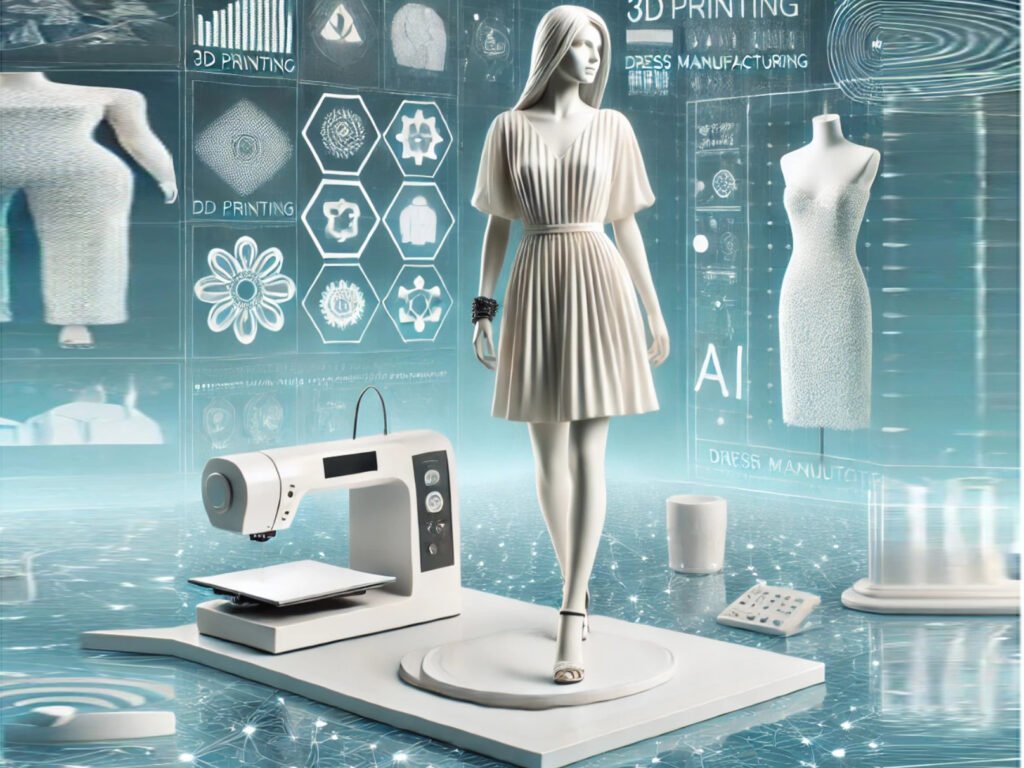
Sustainable Fashion
Sustainability remains a top priority. We expect an increased demand for eco-friendly materials and circular fashion practices, focusing on recycling and reuse. Jinfeng Apparel is committed to expanding our use of sustainable fabrics and green manufacturing processes to meet this demand.
Advanced Technology and Automation
Automation, AI, and 3D printing are revolutionizing production by enhancing efficiency and precision. We are exploring these technologies to streamline operations, improve quality, and reduce lead times, allowing us to deliver high-quality products faster.
Customization and Personalization
Consumers are seeking more personalized fashion experiences. We are investing in systems that enable large-scale customization, offering bespoke options that cater to individual preferences.
Ethical and Transparent Production
Transparency and ethical practices are becoming essential. Jinfeng Apparel is committed to maintaining high ethical standards and transparency, ensuring our clients can offer responsibly made garments to their customers.
Environmental Protection and Sustainability

We believe that fashion should not come at the expense of the planet, and we are dedicated to implementing eco-friendly practices throughout our production.
Eco-Friendly Materials
- Organic and Sustainable Fabrics: We use organic cotton, bamboo, and other sustainable textiles that are cultivated without harmful pesticides and chemicals, ensuring that our dresses are gentle on the environment and safe for consumers.
- Recycled Materials: We incorporate recycled polyester and other recycled fibers into our products, reducing waste and promoting a circular economy in the fashion industry.
- Low-Impact Dyes: Our dyes are selected for their minimal environmental impact, ensuring that the coloring process is as eco-friendly as possible while maintaining the vibrant and rich colors that define our women’s fashion lines.
- Sustainable Sourcing: We prioritize sourcing materials from suppliers who are certified for their sustainable practices, ensuring that every component of our dresses meets stringent environmental standards.
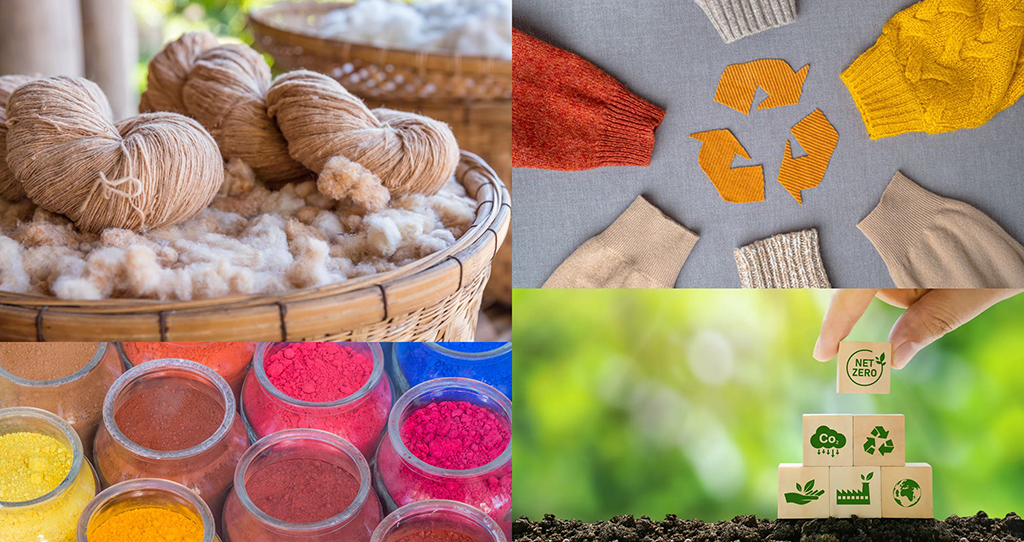

Green Manufacturing
- Energy-Efficient Production: We employ state-of-the-art machinery designed to reduce energy consumption during the manufacturing process, helping to lower our carbon footprint.
- Waste Minimization: Our cutting and production processes are optimized to minimize fabric waste, and any scraps are recycled or repurposed whenever possible.
- Water Conservation: We use advanced water treatment and recycling systems in our dyeing and washing processes to reduce water usage and prevent contamination of local water sources.
- Ethical Labor Practices: In addition to environmental sustainability, we ensure that all our production practices adhere to ethical labor standards, providing safe working conditions and fair wages for all workers involved in the manufacturing of our women’s fashion products.
Have More Questions?


